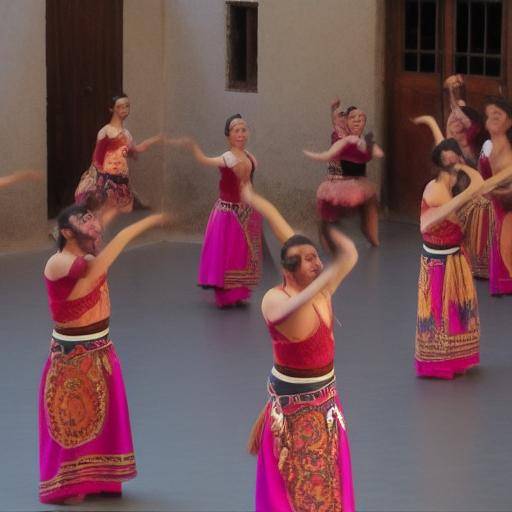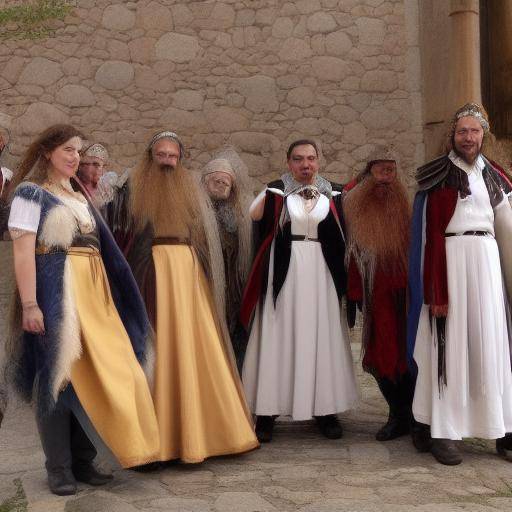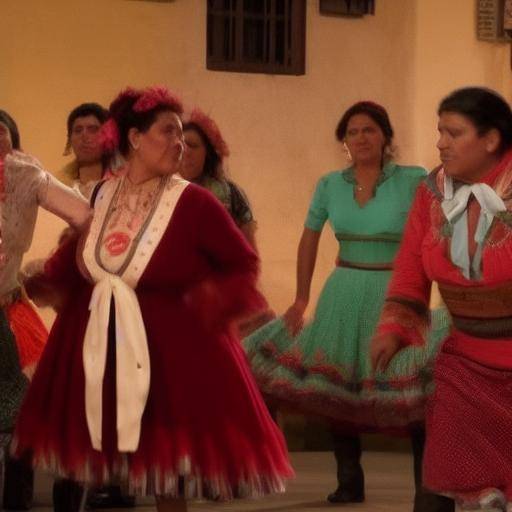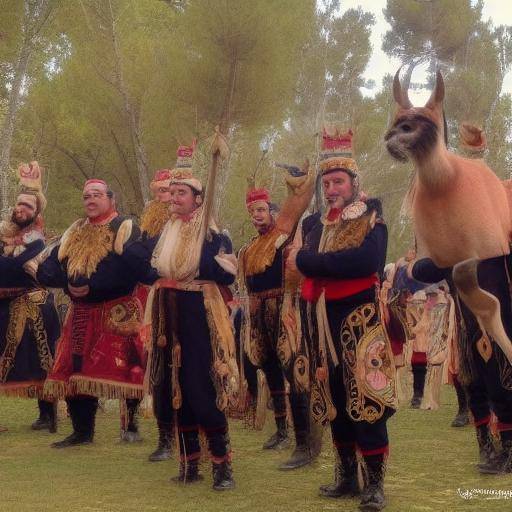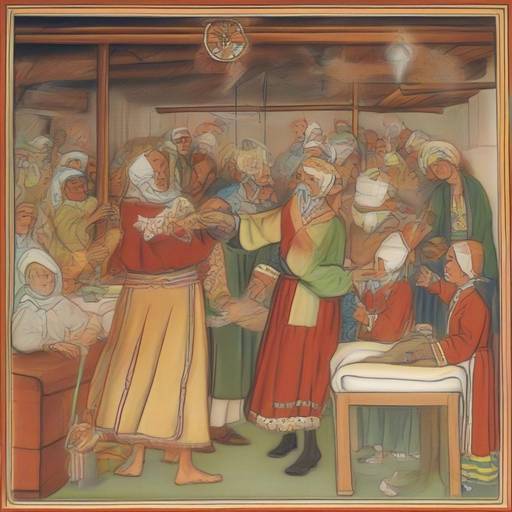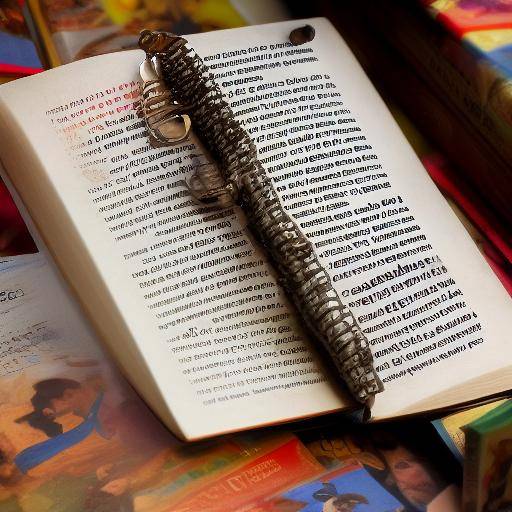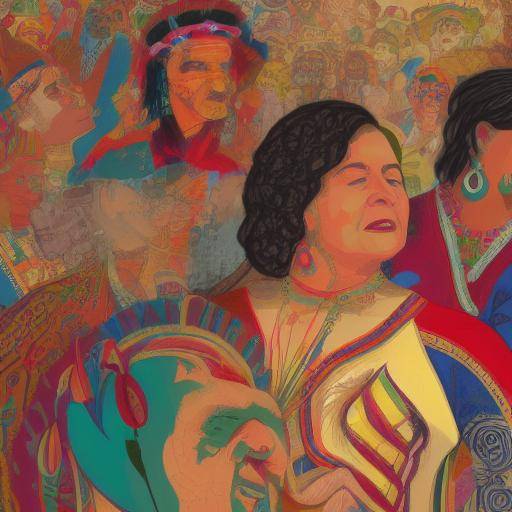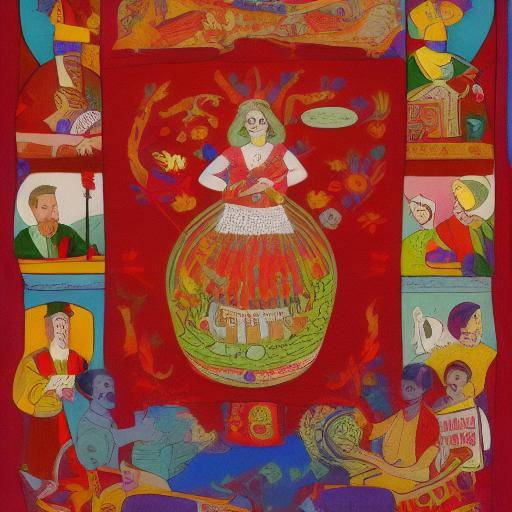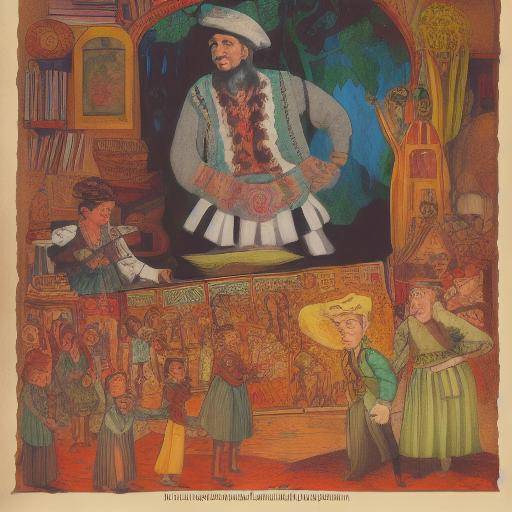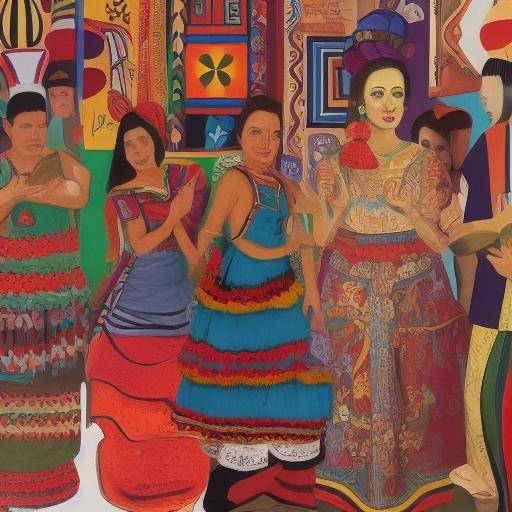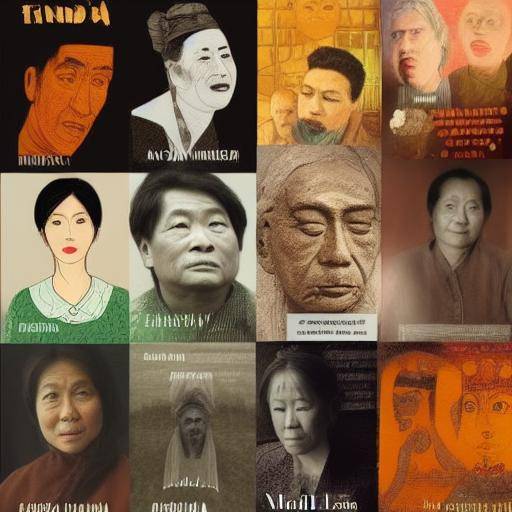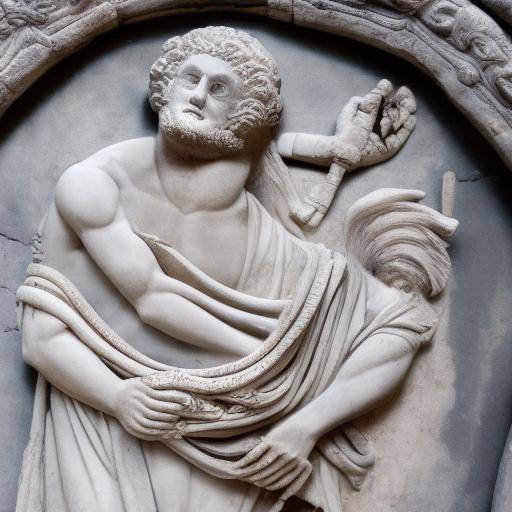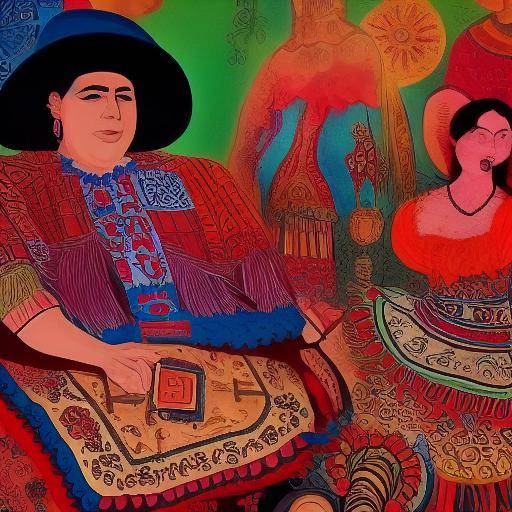
Scandinavian folklore has been an inexhaustible source of inspiration for contemporary writers. His myths, legends and traditions have permeated the pages of the current literature, giving the works of a mystical and fascinating air. In this article, we will explore in detail the influence of Scandinavian folklore in contemporary literature, analyzing its manifestations, impact and relevance in the current literary creation.
Introduction
Scandinavian folklore, rich in mythical creatures such as trolls, elves and Nordic gods, has captivated the imagination of entire generations. This cultural legacy has transcended the borders of time and space, finding a significant space in contemporary literature. Throughout this article, we will unravel the entanglements of this ancestral influence in the current literature, exploring both its historical roots and its projection in modern literary creation.
History and Origins
Scandinavian folklore has its roots in the ancient traditions of the Nordic peoples, who through their stories conveyed moral teachings, explained natural phenomena and worshiped their gods. This oral tradition has remained alive over the centuries, influencing not only the literature of the region, but also permeating other cultures globally. The epic of Beowulf, the mythology of Odin and Thor, and the Icelandic sagas are just a few examples of the richness of this folklore.
Influence in Contemporary Literature
Contemporary literature has found in Scandinavian folklore an inexhaustible source of inspiration. Reputable writers have used these elements to give their works a mystical and enigmatic character. From the work of Neil Gaiman, "American Gods", to the trilogy of "The Lord of the Rings" by J.R. Tolkien, the Scandinavian folklore has left an indelible mark in the current literature, enriching the plots with its myths and characters.
Importance of Scandinavian Folklore in Current Literature
The inclusion of Scandinavian folklore in contemporary literature not only adds a touch of exoticism and mysticism to the plots, but also provides a connection to the historical and cultural roots of the region. This influence not only enriches narratives, but also opens windows to the understanding of an ancestral worldview, enriching the reader's experience.
Comparison and Deep Analysis
By doing a more comprehensive analysis, we can identify recurring patterns in the use of Scandinavian folklore in contemporary literature. The reinterpretation of ancient myths, the creation of new accounts framed in this universe and the exploration of timeless themes, such as power, betrayal and destiny, evidence the validity and versatility of these influences in the present literary creation.
Conclusions
Scandinavian folklore continues to exert a significant influence on contemporary literature, enriching works with its vast mythology and traditions. This connection with historical and cultural roots not only adds depth to narratives, but also offers readers a bridge to ancient Nordic traditions. This lasting influence ensures that Scandinavian folklore will remain an integral part of the current literary landscape.
FAQs
What aspects of Scandinavian folklore are more recurrent in contemporary literature?
Often there are creatures such as trolls, elves, and mythological beings like Odin and Thor, as well as the exploration of topics such as the duality between chaos and order, courage and betrayal.
How has the representation of Scandinavian folklore evolved in contemporary literature?
The representation of Scandinavian folklore has evolved from simple references to deeper reinterpretation and exploration of myths and traditions in contemporary contexts.
What is the importance of Scandinavian folklore in contemporary literature?
Scandinavian folklore brings to contemporary literature a sense of connection with the historical and cultural roots of the region, enriching narratives with myths, characters and themes that transcend time and space.
Which contemporary writers have incorporated Scandinavian folklore into their works?
Authors like Neil Gaiman with "American Gods", J.R.R. Tolkien with "The Lord of the Rings", and other writers of fantasy and science fiction have used the elements of Scandinavian folklore in their contemporary literary creations.
How does the inclusion of Scandinavian folklore in contemporary literature enrich the reader's experience?
It allows readers to immerse themselves in a symbolic and mystical universe, connecting with the mythological and cultural wealth of the Nordic peoples, thus enriching their reading experience.
What are some examples of contemporary works that have been influenced by Scandinavian folklore?
In addition to the already mentioned "American Gods" by Neil Gaiman and "The Lord of the Rings" by J.R. Tolkien, works like "Norse Mythology" by Neil Gaiman and "The Long Ships" by Frans G. Bengtsson also stand out for their use of Scandinavian folklore.
How do you appreciate the influence of Scandinavian folklore in literary genres beyond fantasy and science fiction?
Even in genres such as contemporary narrative, mystery or historical novel, you can find subtle elements of Scandinavian folklore that enrich the plots and characters.
Conclusion
The influence of Scandinavian folklore in contemporary literature is a fascinating phenomenon that has enriched literary works with a mystical aura and a connection with the ancestral traditions of the region. This duality between old and modern, between myth and reality, allows writers and readers to explore unique and timeless narrative universes. The depth and versatility of these influences ensure that Scandinavian folklore will continue to leave its mark on contemporary literature, showing that the magic of its myths and legends continues to enchant and captivate new generations of readers.




